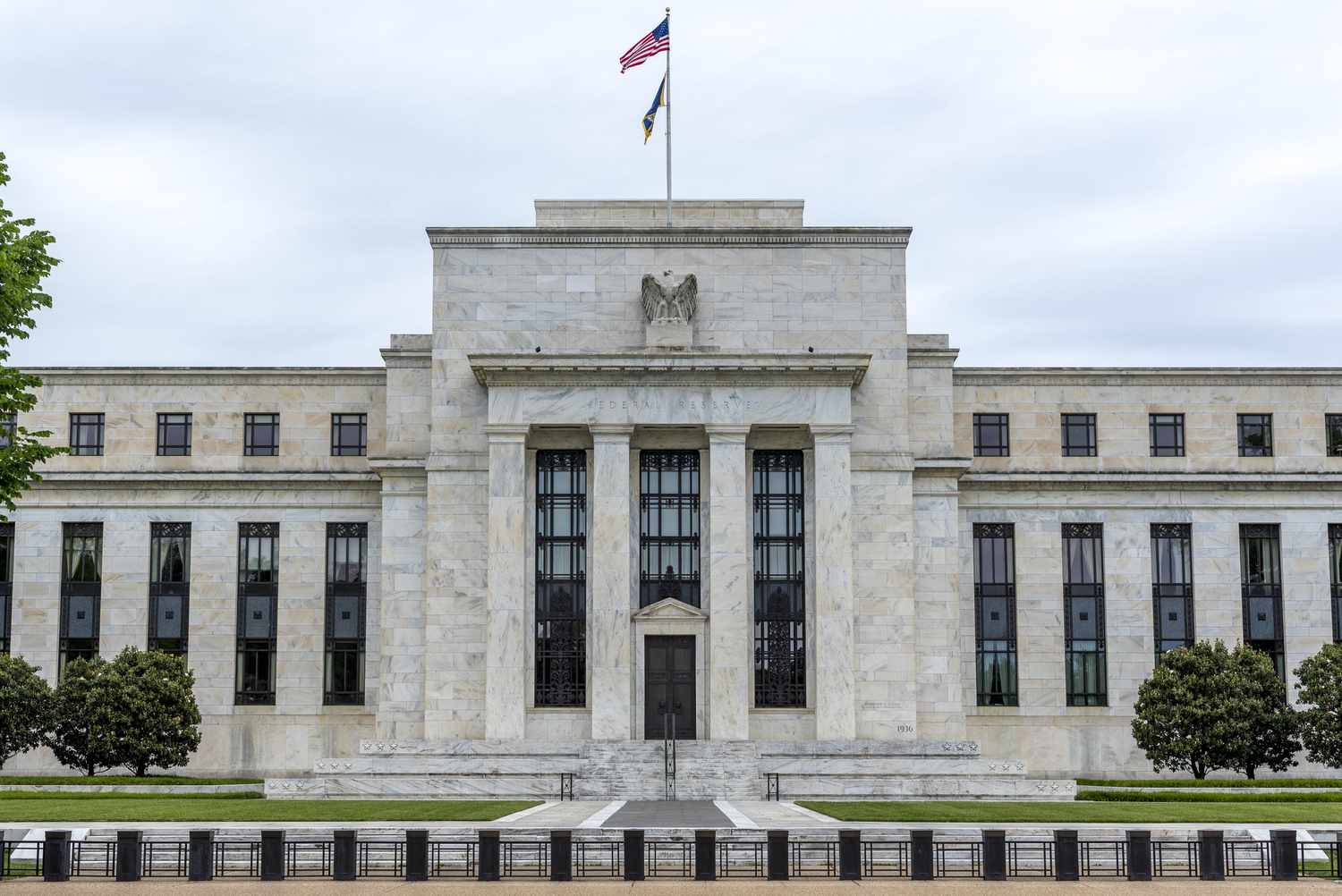Following a robust July, August was a turbulent month for global markets. This was marked by a sharp pullback, then by a resurgence paring losses. The end of valuation expansion and stretched sentiment collided with surging rates and weaker growth in Europe and China. This challenged the soft-landing narrative for the economy leading to declines in equities and bonds. The August pullback was, however, more of a buyers’ strike rather than a broad sell-off amplified by thin summer liquidity.
Markets staged a comeback towards the latter half of the month driven by softening US data and renewed hopes for peak interest rates. Following strong market performance, some profit taking was expected. Despite the challenges faced, the year 2023 has seen strong investment gains, with a 60/40 portfolio showing an 11 per cent increase by the end of the month. It’s a landscape where soft-landing complacency for the economy is gone, not uncertainty.
Market performance
In August, global equities experienced their first negative month since February, posting a total return of -1.85 per cent. This downturn led to market breadth narrowing and developed markets outperforming their emerging counterparts once again. The only sector in the green was Energy (+2.62 per cent), benefiting from resilient oil prices, while Healthcare and Communication Services did well as sector leadership turned defensive. Financials suffered on the back of headlines around Italy introducing a windfall tax on banks and rating downgrades for US banks. Utilities and Materials in turn fared the worst following concerning developments in China.
On the regional front, the US (-1.33 per cent) outperformed the EU (-1.59 per cent), although the tech-heavy Nasdaq suffered more significant losses. Despite Nvidia’s positive results supporting the AI theme, the broader Tech underperformed due to rising real rates and crowded positioning. Notably, global high-yield bonds continued to exhibit resilience within fixed income.
Main events
August was marked by two significant events that garnered the market’s attention, focusing on policy and earnings. The first event was the Economic Symposium held in Jackson Hole, where Chair Powell delivered a speech on the economic outlook. The Federal Reserve’s (FED) policy direction remains data-dependent, with a bias toward tightening if needed. Earlier in the month, the release of the minutes from the July meeting had revealed most officials’ concerns about inflation, leaving the possibility open for additional rate hikes. Market expectations suggest the Fed might implement one final hike by year-end, followed by four or five rate cuts in 2024. Traditionally, the conclusion of the hiking cycle is seen as the sweet spot for duration.
NVIDIA, a star performer in the market with a 232 per cent year-to-date increase, shifted market attention to its earnings release. Despite high expectations, NVIDIA delivered another substantial beat driven by robust growth in profit-rich data center operations reflecting broad-based demand. Considering NVIDIA’s potential to dominate the AI sector for the foreseeable future and drive earnings higher in the coming year, the market anticipates room for further positive surprises. Additionally, Apple, another member of the Magnificent 7, is set to boost sentiment with its upcoming event in September, “Wonderlust,” where it will unveil the iPhone 15, new Apple Watches, and more.
Economic Outlook
The economic outlook remains uncertain. In Europe, the downturn spread further from manufacturing to services sectors while markets envisage that the tightening cycle may have further to go as the ECB continues its fight against inflation.
US rates reached new highs in August particularly in the long end, influencing global fixed income markets. Despite the controversial Fitch downgrade of the US government’s credit rating the impact on 10-year US Treasury yields was minimal. Instead, it was rather better-than-expected economic data and strong issuance that drove real yields higher. Amidst this sell-off it’s interesting that US data flow did not adopt an overly hawkish tone with Chair Powell occasionally leaning toward a dovish stance.
The last week of August offered some respite, with signs of moderation in the job market capping rates. Paradoxically, bad news for the economy was considered as good news for markets, reviving hopes of reaching peak interest rates. Bad data is good data, as long as earnings don’t get hit. Any sudden slowdown in employment or spending could challenge this market reaction.
China faced weak August activity data, shadow banking issues, retail sales decline, low confidence among households and businesses, and struggles for major property developers like Country Garden and Evergrande. To counter these challenges and deflationary risks, the People’s Bank of China (PBoC) cut interest rates twice in August and took steps to support financial markets.
Performance drivers
The strength in the labour market, along with significant accumulated consumer savings during the pandemic, have been the key as to why the economy has outperformed expectations so much pushing back mild recession calls and leaving most active managers trailing behind.
Furthermore, market resilience can be attributed to earnings outperforming expectations, supporting expanding valuations in equities amidst tightening liquidity. With earnings growth anticipated flat for 2023, strong double-digit expectations are built into 2024 and 2025, providing solid support for the market. Ongoing upward revisions in earnings indicate a significant earnings contraction is unlikely for now.
As underweight positioning in equities is largely gone, reliance on fundamentals is poised to grow. Valuation adjustments have largely played out, and with Europe and China having absorbed a significant share of negative news, the recent interplay between rates, equities, and earnings underscores the paramount importance of incoming US consumer data. Any impact on earnings could transform bad news into genuine concerns.
After two consecutive months of equity inflows, re-risking among major investors waned in August. Overall, investor sentiment remains cautiously optimistic, and although significant reductions in equity positioning are lacking, inflows into cash, bonds, and defensive assets among asset allocators highlights preference for diversification and quality.
View expressed reflect those of the author exclusively. The author has obtained the information contained in this article from sources he believes to be reliable, but they have not independently verified the information contained herein and therefore its accuracy cannot be guaranteed. The author makes no guarantees, representations, or warranties and accept no responsibility or liability as to the accuracy or completeness of the information contained in this article.
The value of investments may go down as well as up. If one invests in a product, they may potentially lose some or all of the money they invest.
Featured Image:
US Federal Reserve in Washington DC
Vision 2030 & 2050: A strategic lens on Malta’s tourism, hospitality, and leisure industries
Malta’s next challenge is not growth – but quality
From stability to strategy – The 2025 banking reset and the 2026 roadmap
Global markets closed 2025 on a strong note as AI-led equity gains
Strong year for European equities
European equity markets capped off 2025 with strong double-digit gains







